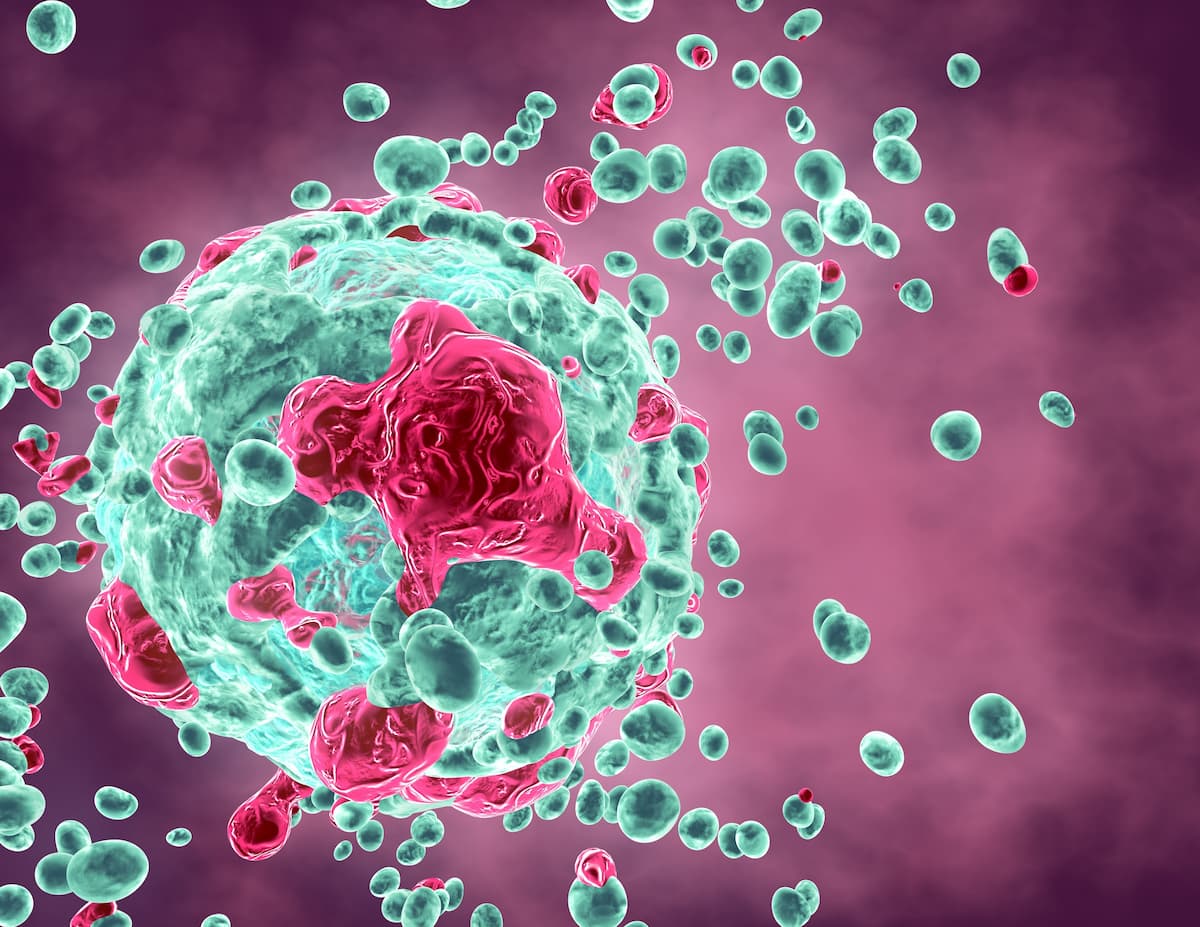Monitoring Survival, Cure Fraction in Pediatric Cancer May Advance Care
Disparities in pediatric cancer survival in Europe might be mitigated through cross-border care, twinning programs, and use of pan-Europe cancer control plans.
Keeping track of pediatric cancer survival and cure fraction estimation may be key in assessing advances in care for the population, according to findings from the EUROCARE-6 study with results published in The Lancet Oncology.
Data from the EUROCARE-6 study indicated an improvement in survival for patients with acute myeloid leukemia over time.

Between 2010 and 2014, the 5-year survival rate in Europe for childhood cancer was 81% (95% CI, 81%-22%), which had increased by 3 percentage points from 2004 to 2006. However, investigators also observed inequalities in survival between countries, with a 5-year survival of 71% (95% CI, 60%-79%) in Estonia vs 87% (95% CI, 77%-93%) in Cyprus.
Investigators assessed 135,847 childhood cancer cases. Cases of non-malignant central nervous system (CNS) tumors were present in 0 to 4 countries, but over 50% for the 4 in the Nordic countries. A total of 3.9% of cancers analyzed had an unspecified International Classification of Childhood Cancer category, equaling less than 10% in 5 countries.
Data were pulled from 80 cancer registries across 31 European countries and included patients who had been diagnosed from January 1, 2000 to December 31 2013; this included 85% of the European pediatric patient population prior to quality check procedures.
Countries included in the study were Austria, Belgium, Bulgaria, Croatia, Cyprus, Czechia, Denmark, England, Estonia, Finland, France, Germany, Greece, Hungary, Iceland, Ireland, Italy, Latvia, Lithuania, Malta, the Netherlands, Northern Ireland, Norway, Poland, Portugal, Scotland, Slovakia, Slovenia, Spain, Switzerland, and Wales.
Over time, there was a survival improvement from 61% (95% CI, 58%-63%) to 70% (95% CI, 68%-73%) among those with acute myeloid leukemia (AML; P <.0001). Investigators did not see a major change over time among pediatric patients with osteosarcoma. Additionally, changes for Ewing sarcoma, Burkitt lymphoma, non-Hodgkin lymphomas, and rhabdomyosarcomas were small and not significant.
Findings from a multivariate analysis that accounted for age, sex, and country uncovered comparable results. Of note, sex was not a significant prognostic factor.
From 2010 to 2014, the combined 5-year survival for all cancers was similar between sexes and higher for children between ages 1 to 4 (83%; 95% CI, 82%-84%) compared with infants or older children (80%, respectively). Survival varied by age, except for those with retinoblastoma. In those who were younger than 1 year, the lowest rates of survival included those with lymphoid and myeloid leukemia, CNS tumors, and Ewing sarcoma, and the highest survival was among those with neuroblastoma. Lower 5-year survival was observed for patients aged 10 to 14 years old who had lymphoid leukemia or rhabdomyosarcoma.
Moreover, the 15-year survival rate was 72% (95% CI, 72%-73%) among patients diagnosed between 1998 to 2001 and was estimated to be 78% for those diagnosed between 2010 to 2013. The estimated cure fraction rose from 74% (95% CI, 73%-75%) from 1999 to 2001 to 80% (95% CI, 79%-81%) from 2010 to 2013 for all cancers.
The estimated cure fraction among patients diagnosis during 2010 to 2013 was 99% (95% CI, 74%-100%) for retinoblastoma, 98% (95% CI, 83%-100%) for Hodgkin lymphoma, 92% (95% CI, 87%-97%) for nephroblastoma, 91% (95% CI, 84%-98%) for Burkitt lymphoma, 90% (95% CI, 87%-93%) for lymphoid leukemia, and 89% (95% CI, 84%-94%) for non-Hodgkin lymphoma; CNS tumors had the lowest estimated cure fraction at 60% (95% CI, 58%-63%).
The estimated long-term non-cancer mortality rate for all patients diagnosed with cancer was 1.9 per 100 survivors (95% CI, 1.4-2.4); after 10 years, this was a predominant risk of death. For CNS tumors, the mortality risk was 10.7 per 1000 survivors (95% CI, 8.7-127), 7.0 (95% CI, 2.2-11.7) for Ewing sarcoma, 4.4 (95% CI, 2.5-6.2) for rhabdomyosarcoma, 3.1 (95% CI, 2.0-4.2) for non-Hodgkin lymphoma, and 2.9 (95% CI, 1.7-4.2) for neuroblastoma.
Lower volumes were observed for retinoblastoma at 0.8 per 1000 survivors (95% CI, 0.0–1.5), 1.5 (0.8–2.1) for nephroblastoma, and 1.5 (95% CI, 0.0-3.1) for AML.
Reference
Botta L, Gatta G, Capocaccia R, et al. Long-term survival and cure fraction estimates for childhood cancer in Europe (EUROCARE-6): results from a population-based study. Lancet Oncol. 2022;23(12):1525-1536. doi:10.1016/S1470-2045(22)00637-4